Sangitiyavamso- The Chronicle of Buddhist Councils on Dhamma & Vinaya (By Somdet Phra Vanaratana 'Bimaladhamma')
The tradition of Vamsa in Pali dates back to Buddha-ghosha's era and its uninterrupted composition continued till the nineteenth or twentieth century. Although the origin of Vamsa literature is attributed to Sri Lanka and Burma, Thailand has also played a role in its development. The Vamsa literature of Sri Lanka (Dipavamsa, Mahavamsa, Culavamsa, Mahabodhivamsa, Thupavamsa, etc.) and Burma (Gandhavamsa, Sasanavamsa) are well known and many of them are published, but the Vamsa literature of Thailand is still unknown in academia and not available in Roman and other non-Thai scripts. At least three texts of the early Rattankosin (Bangkok) period of Thailand can be considered under this genre, (1) Sangitiyavamsa, (2) Mahayuddhakaravamsa and (3) Culayuddhakaravamsa. The present work is an attempt to publish the complete Roman edition of the Sarigitiyavamsa with critical notes and indexes. The Sangitiyavamsa is one of the most comprehensive chronicles of Thailand. It is "a history of Buddhism combined with the history of the Kingdom" of Thailand. It was composed by Bimaladhamma, popularly known by his conferred title Somdet Phra Wannarat (Somdet Phra Vanaratana), in 1789 to commemorate the Ninth Buddhist Council, held in the year 1788 in Thailand, and to provide legitimacy to the kingship of Rama I. The Sangitiyavamsa is divided, in a somewhat arbitrary way, into nine pariccheda (chapters), some of which in turn comprise several sub-divisions. The main purpose of the text is to present a portrayal of nine Theravada Buddhist Councils (three in India, four in Sri Lanka and two in Thailand) in chronological order, regardless of the venues of those councils.
Get it now and save 10%
BECOME A MEMBER

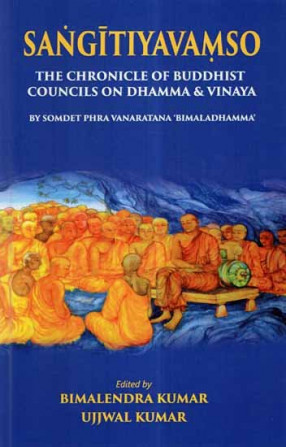
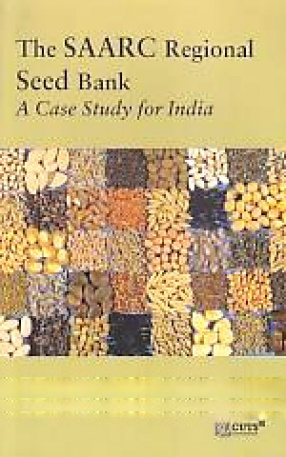
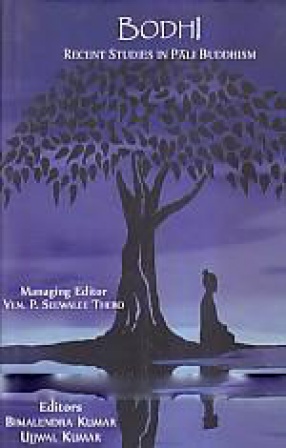
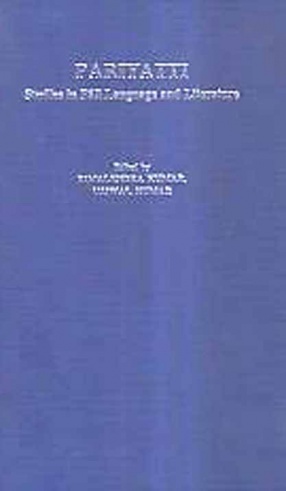
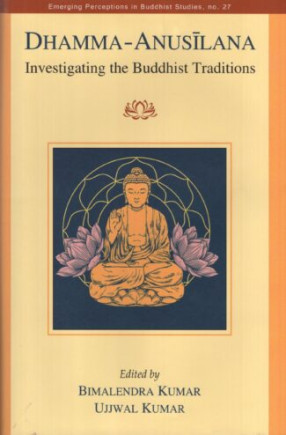
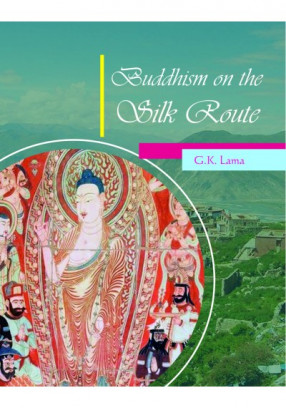
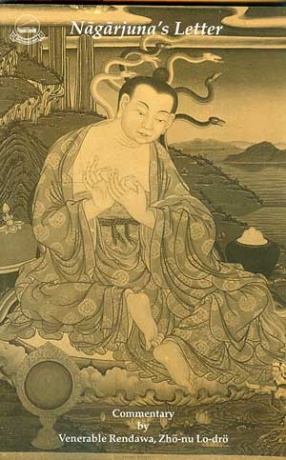
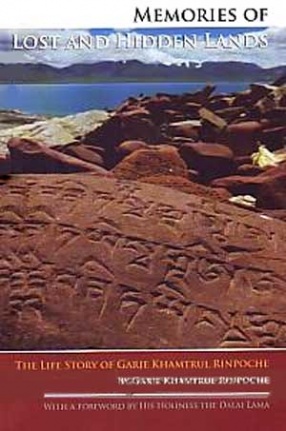
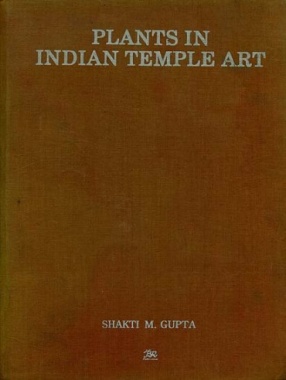

Bibliographic information
Ujjwal Kumar